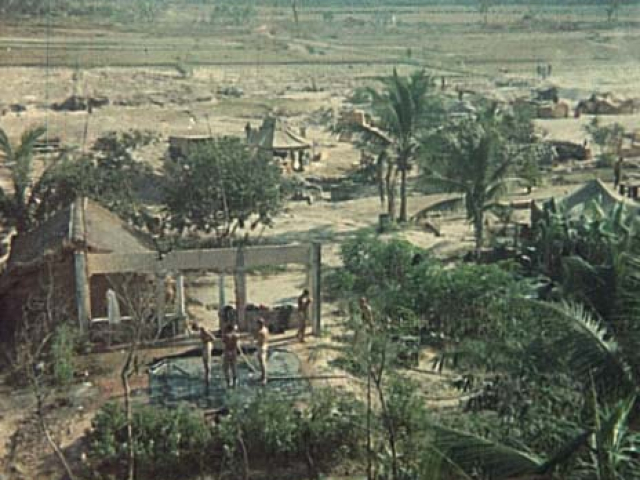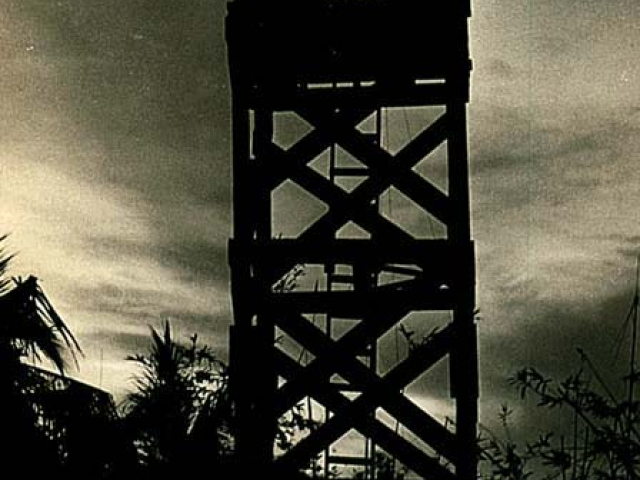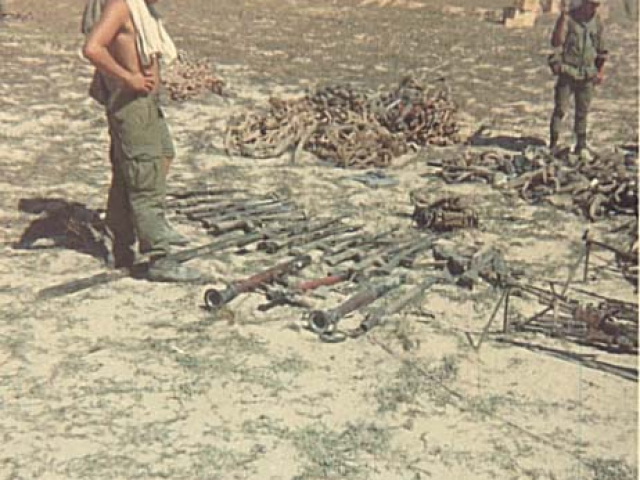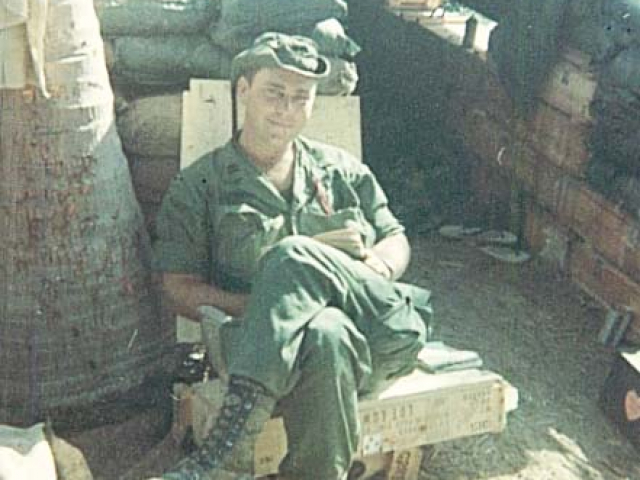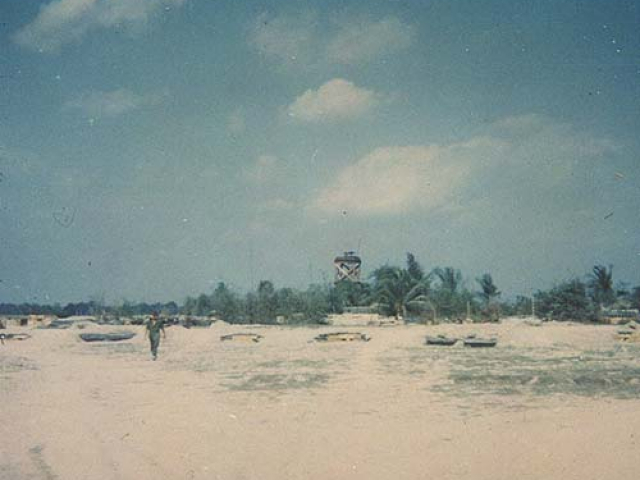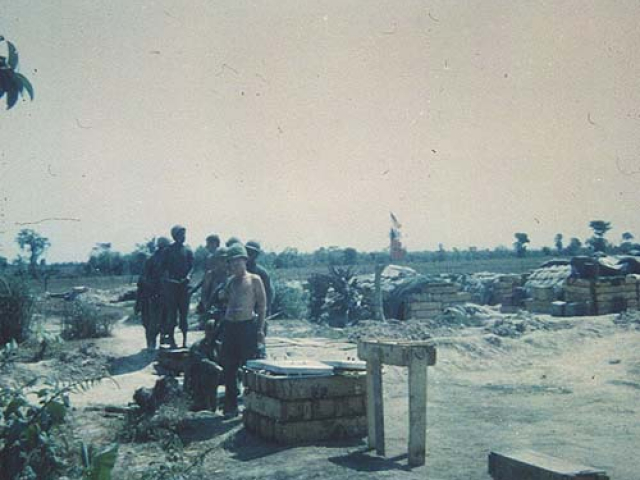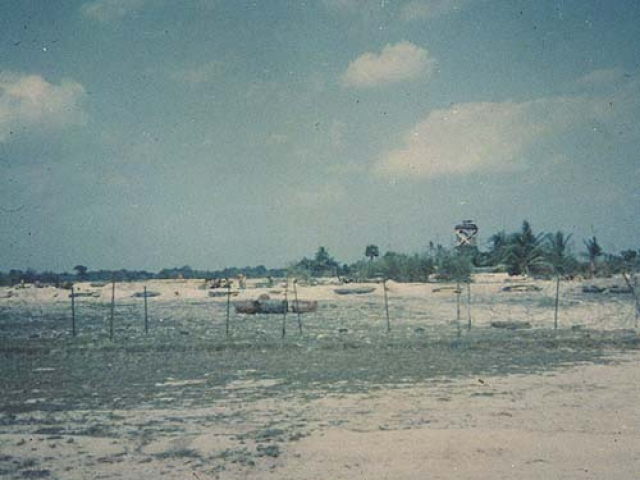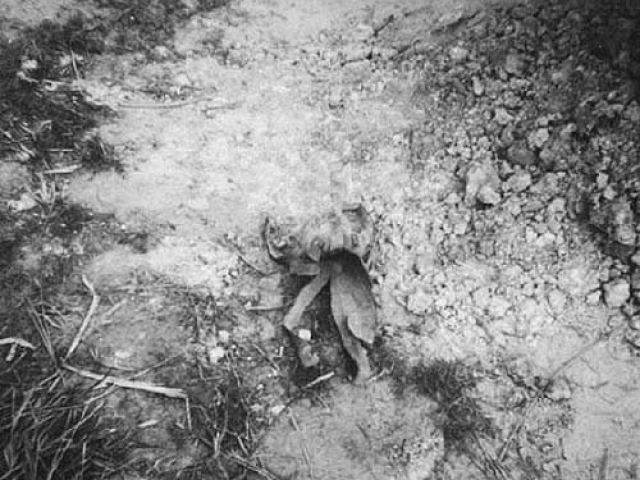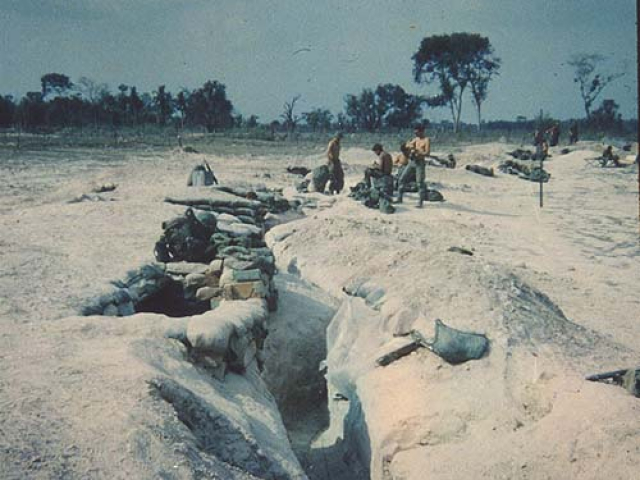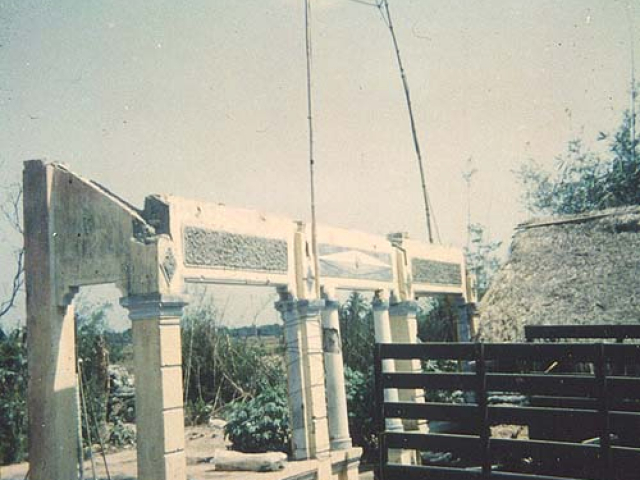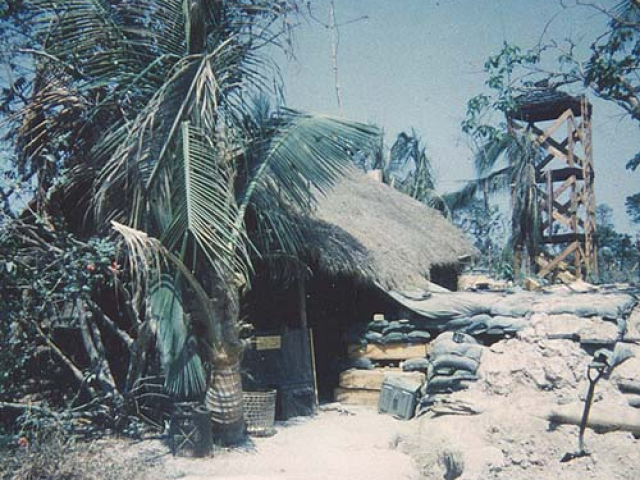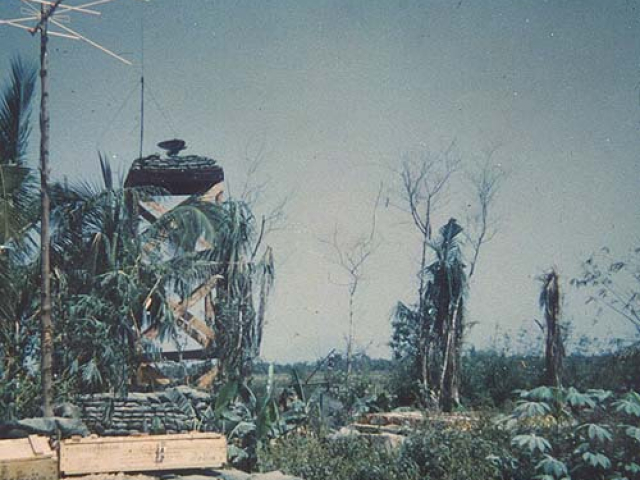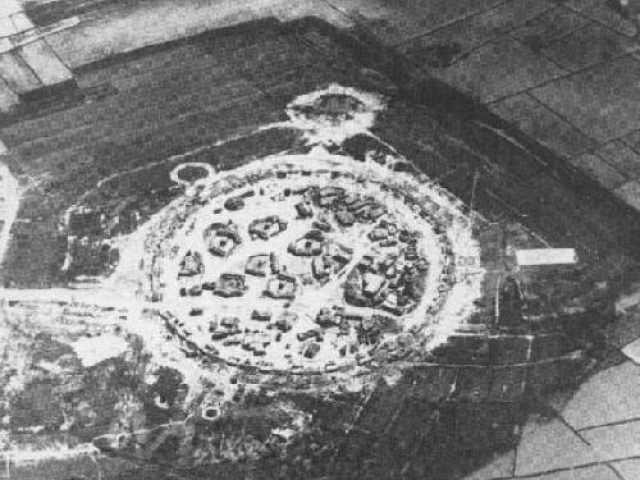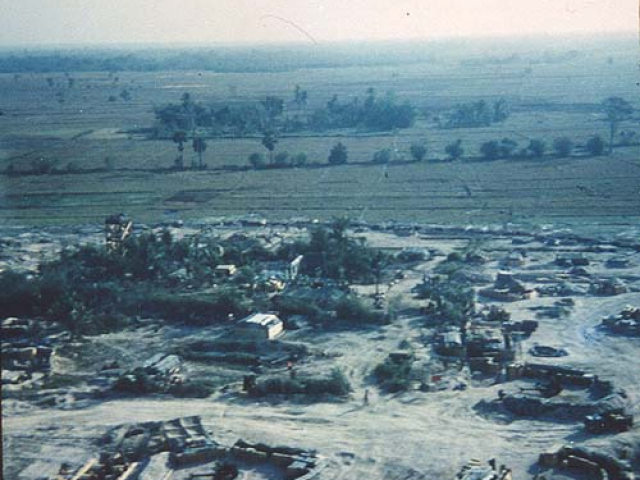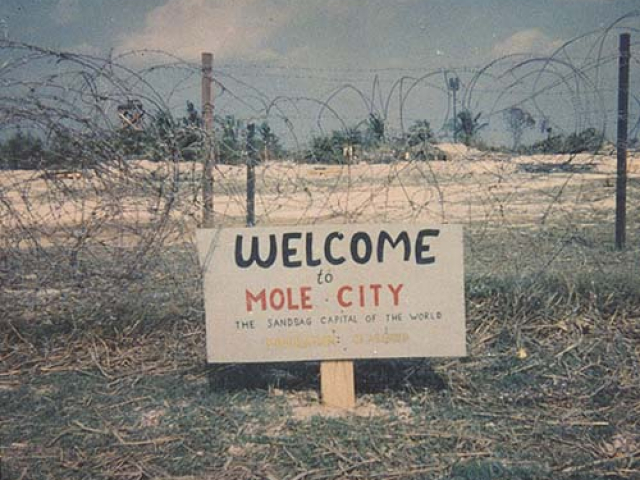Mole City 68-73
On December 18, 1968 the men of the 4th Battalion, 9th Infantry Manchus constructed a patrol base camp, nine and a half miles south of Tay Ninh City. In a single day, Company A, 65th Eng., transformed 186,000 pounds of building materials hauled in by 27 helicopter sorties into a well fortified position dubbed Patrol Base Mole City. It was located in an area that has been untouched by allied ground forces for over a year and was located in one of the most used infiltration routes in the III Corps.
Three days later, the enemy attacked. During the early morning hours of December 22, 1968, Mole City came under a massive ground assault by the 272d Regiment of the 9th NVA Division. During the battle, the 4th Battalion of the 9th Infantry Manchus killed 106 enemy. The attack began shortly after midnight with a fierce mortar, 75mm recoilless rifle and RPG attack which was followed immediately by a heavy concentration of small arms and automatic weapons fire. "The mortars were coming in so fast you would swear that they were automatic," said Private First Class Walter Schmiel, a grenadier with Bravo Company from Niagara Falls, N.Y. "Approximately 15 minutes after my listening post spotted movement, the ground attack started on Charlie Company's front. Mortars continued to come in along with RPGs. We got them to my front and to the south. Tracers, ours and theirs, were going everywhere in the perimeter. After a few minutes we got our artillery coming to the front of Charlie Company and not long after that gunships and the air strikes. The battle continued for several hours, with the NVA penetrating the trenchline between two bunkers. Once the enemy troops were in the trench, they were picked off by Manchu marksman. The Manchus commanding officer, Lieutenant Colonel Leo L. Wilson from Salina, Kans., had supervised the construction of Mole City four days earlier and was certain that the base could withstand any assault. "The enemy threw everything they had at us, and we threw everything we had right back at them," said Wilson. A human-wave attack was repulsed by the valiant Manchus by laying down a massive field of fire. So heavy was the volume of fire that four M60 machine gun barrels melted down completely. "Air strikes were right on station after the contact commenced," said Captain Richard E. Foulk, the Manchus' S-2 officer from Twin Falls, Idaho. "They did a real fine job.You name it and we had it out there, everything except the B-52s." "The NVAs were wearing new uniforms and looked well fed. The enemy was armed with brand new weapons and looked like they had come to put up a fight," said Colonel Robert L. Fair, Tropic Lightning's 1st Brigade commanding officer from San Francisco, Calif. "Once they started the attack, we really gave them hell! We put in about 650 rounds of 155 (howitzer) from Bravo Battery of the 3d of the 13th Artillery located at Fire Support Base Austin, six miles to the east, and the local ARVNs fired approximately 400 rounds of 105 (howitzer) for us. In addition we put in eight air strikes on them, used five spookies and two light fire teams." "In my 26 years of service," continued Fair, "I've never seen a fight like this one."
Additional Information
Manchus at Mole City
By: John Senka
Vietnam: Christmas 1968
By: Robert B. Chavous

